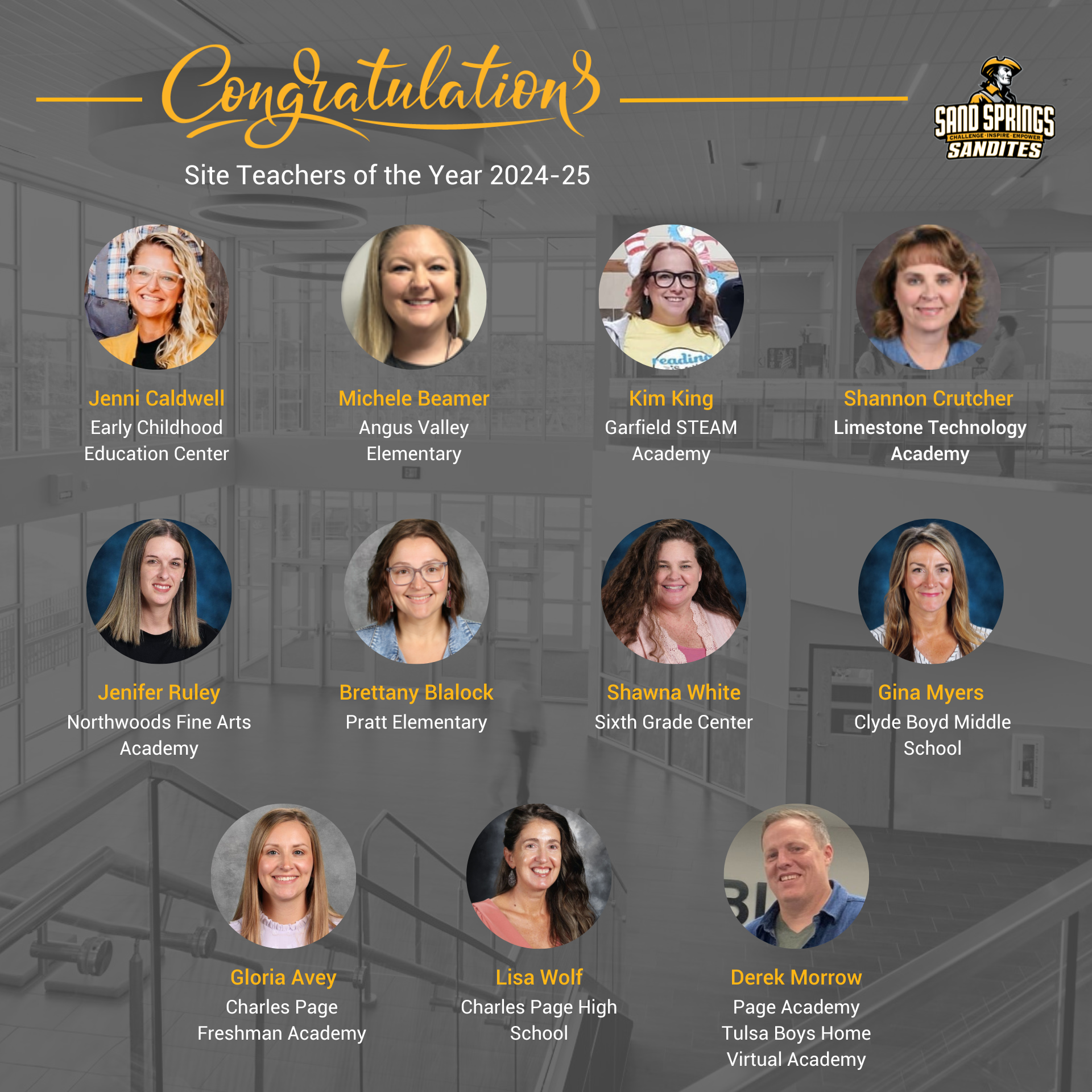Hofmeister’s Student Advisory Council shares thoughts on distance learning, systemic racism
/Paeton Watkins (left) and Joy Hofmeister (right).
OKLAHOMA CITY (June 30, 2020) – In a Monday meeting of State Superintendent of Public Instruction Joy Hofmeister with her Student Advisory Council, high school students voiced their concerns about learning amid a global pandemic and how racism impacts the classroom experience. The group, which met through Zoom, consisted of spring 2020 graduates and members of the Class of 2021.
Mariah Martin (left) and Joy Hofmeister (right).
This is the fifth consecutive year Hofmeister has convened a student group to assist her and the Oklahoma State Department of Education (OSDE) in matters of policy.
Students said the abrupt transition to distance learning this past spring was confusing for many, with the closure of school buildings causing some students to lose focus and drive. Others said they were worried they might miss skills needed for college and sensed their teachers were unprepared to use technology for virtual instruction.
Paeton Watkins of Stillwater High School commended her school for having worked to give seniors flexibility that, in turn, eased the transition to a new style of learning.
“Normally, we’re used to being able to pick what happens in our lives, especially when it comes to school. We weren’t able to do that [with the pandemic],” she said. “My district battled that by giving seniors choices. I think that might be a good thing to look into for upcoming semesters – how can we give students a little bit more of that control back?”
Hofmeister said addressing internet connectivity is critical as schools prepare for the uncertainties of next school year.
“Connectivity is key, and that is our biggest hurdle. We are determined that internet service for all be a basic utility of life. Just like water and electricity, all students should have internet at home,” she said.
Hofmeister noted that $145 million in federal relief funding is available for districts to use on connectivity and devices to close the digital divide, and in the event of a district’s move to virtual instruction. In addition, the state is offering all districts an individualized e-learning tool, Exact Path, at no cost through June 30, 2021.
Trakel “Kel” Pinkston (left) and Joy Hofmeister (right).
Prompted by current events and nationwide protests, students also discussed their experiences with racial and ethnic identity in schools. Many suggested a new approach to teaching diversity and how to discuss such matters.
“Everyone in my class looked like me, and I wasn’t aware of the struggles other people faced. I couldn’t sympathize with it because I didn’t understand it,” said Mariah Martin of Ringling, who suggested a diversity course as a new high school requirement. “We’re really lacking the ability to have the hard conversations. We have financial literacy. How can we have ‘communication literacy?’”
Trakel “Kel” Pinkston of Putnam City High School pointed out the necessity of a clear-eyed view with such issues: “It’s like putting a Band-Aid on an open wound and not expecting bad results. We have to go back and face our problems. They won’t go away on their own.”
Students also talked about inequity of education resources and suggested an enhanced approach to expose different perspectives of historic events and discussions that include cultural context.
"We need a better curriculum to teach people the mistakes of our past and how we can do better going forward,” said Natalie Rojo of Oklahoma Virtual Charter Academy, who also stressed the importance of teaching students how to respect others.
Natalie Rojo.
Hofmeister said that the teaching of subjects like the 1921 Tulsa Race Massacre has evolved over the years. She added that curriculum resources such as the OSDE’s newly released Oklahoma Social Studies Curriculum Frameworks and curriculum developed by the 1921 Tulsa Race Massacre Centennial Commission are equipping schools to more effectively teach students about historical events and the lingering impact of systemic racism.
“We are not bystanders,” Hofmeister said. “There’s power in youth, and we must change things.“
The students, recommended by educators and counselors in their respective districts, represent rural, urban and suburban schools of all sizes across Oklahoma. Twenty-four are returning members who have served on the council in previous years.
This year’s Student Advisory Council also met Feb. 21 at the State Capitol. For a list of members on the council and their home schools, click here.




